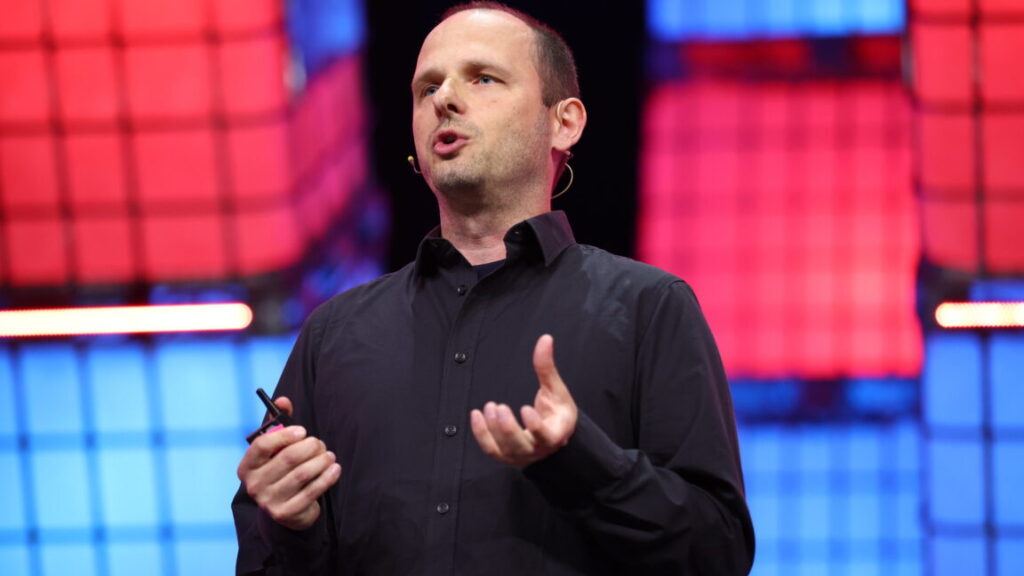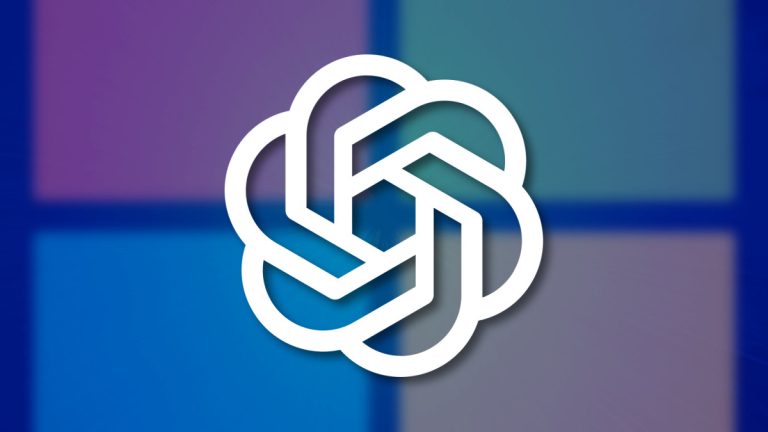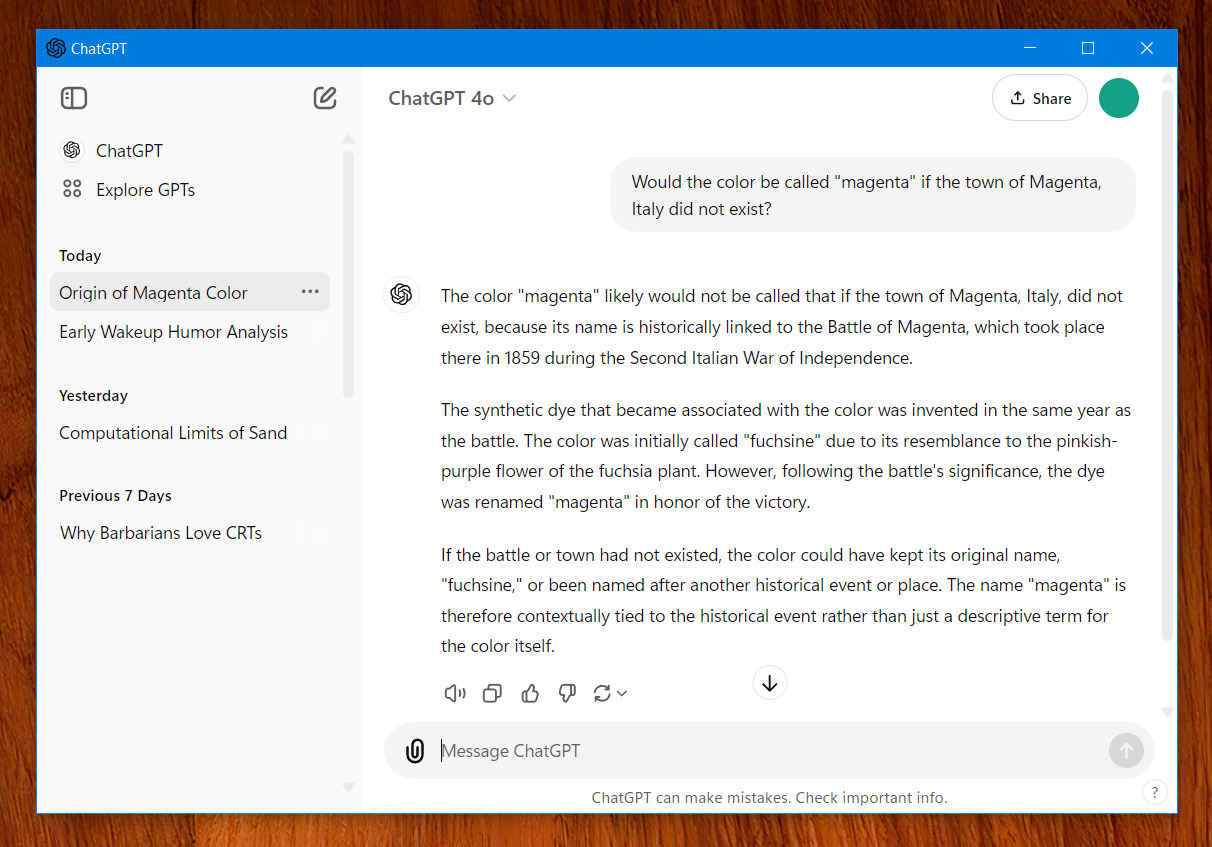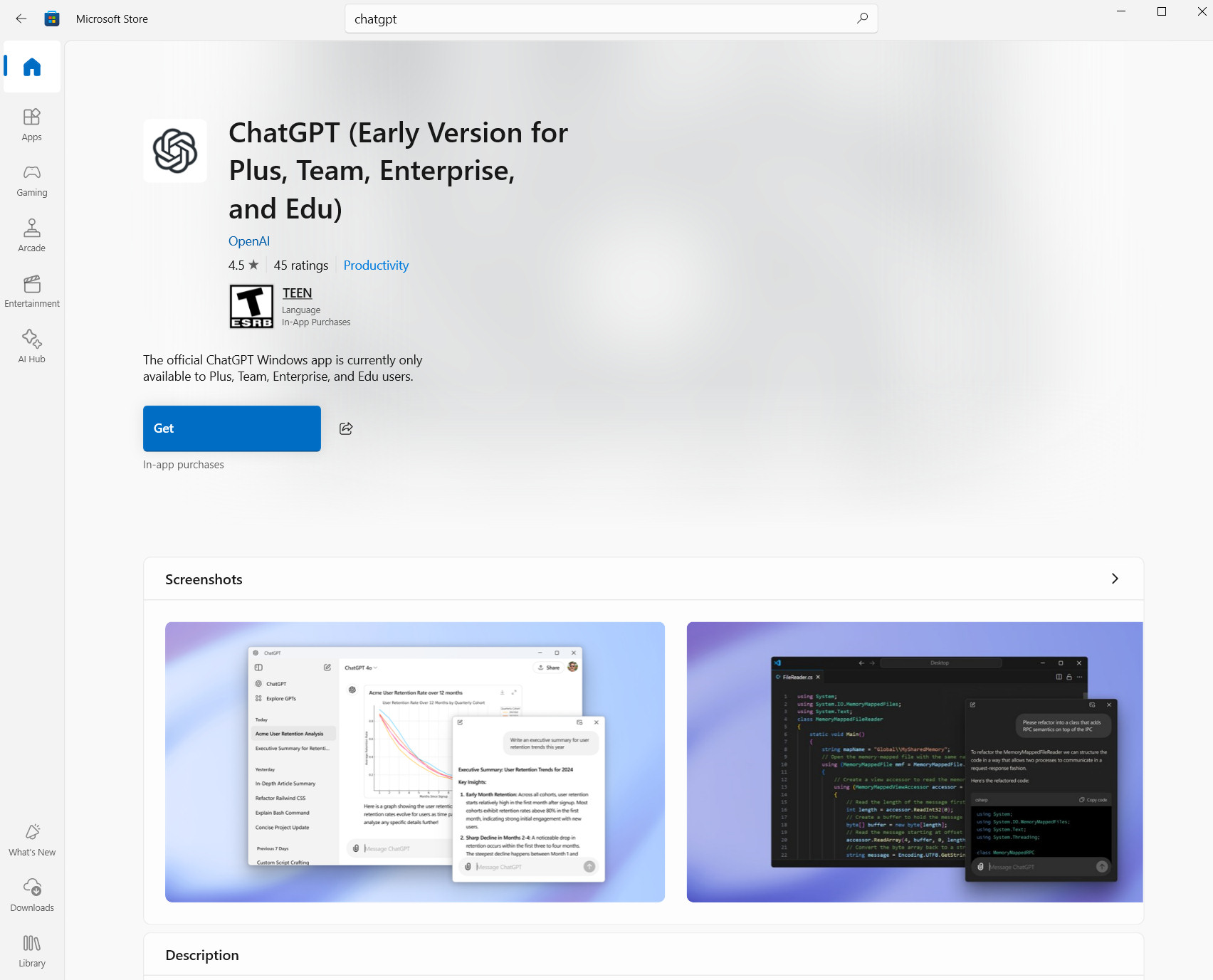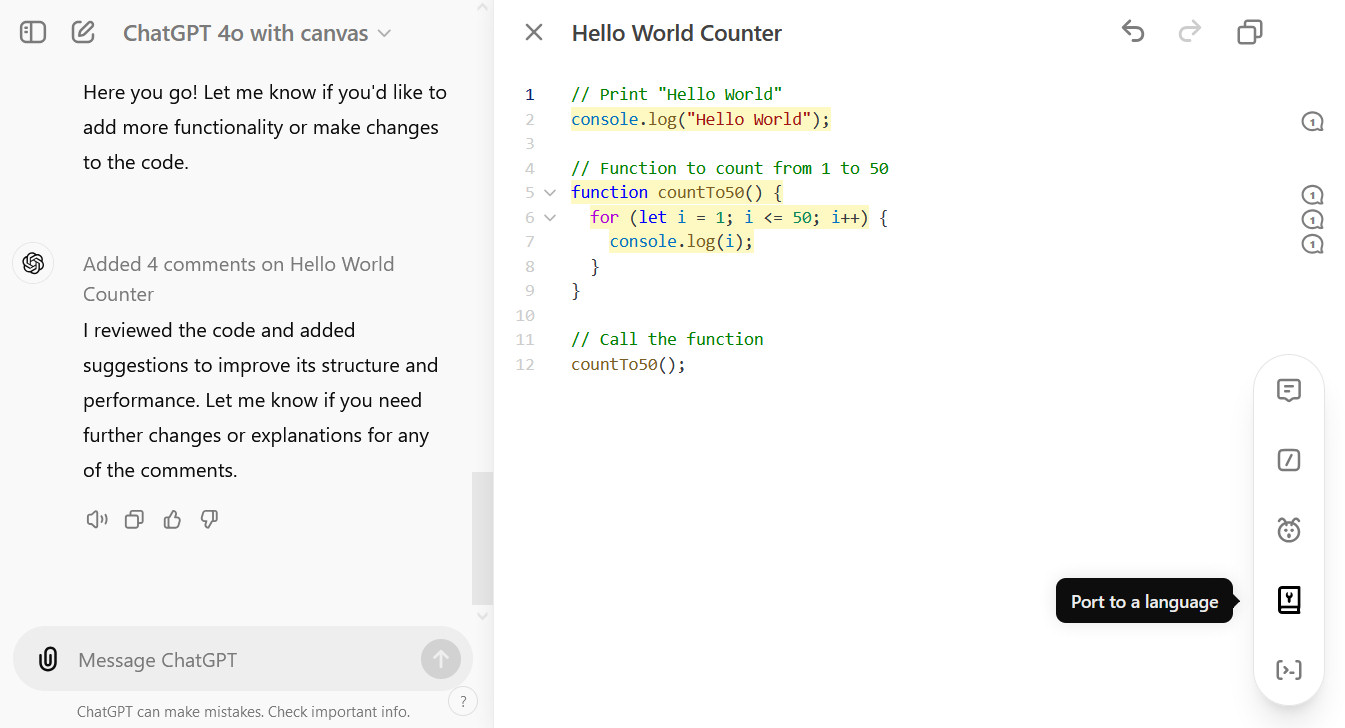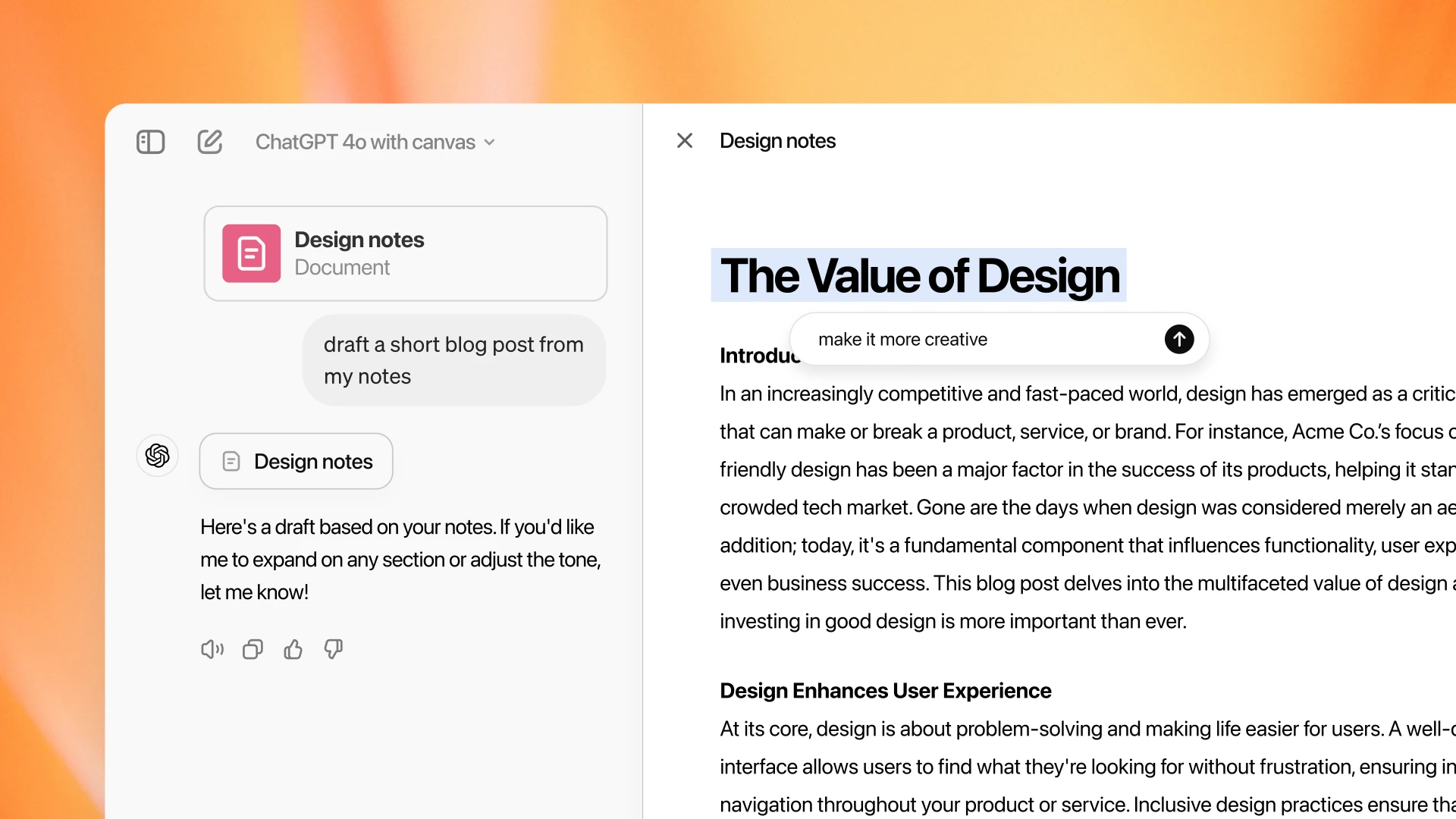Claude AI to process secret government data through new Palantir deal
An ethical minefield
Since its founders started Anthropic in 2021, the company has marketed itself as one that takes an ethics- and safety-focused approach to AI development. The company differentiates itself from competitors like OpenAI by adopting what it calls responsible development practices and self-imposed ethical constraints on its models, such as its “Constitutional AI” system.
As Futurism points out, this new defense partnership appears to conflict with Anthropic’s public “good guy” persona, and pro-AI pundits on social media are noticing. Frequent AI commentator Nabeel S. Qureshi wrote on X, “Imagine telling the safety-concerned, effective altruist founders of Anthropic in 2021 that a mere three years after founding the company, they’d be signing partnerships to deploy their ~AGI model straight to the military frontlines.“
Anthropic’s “Constitutional AI” logo. Credit: Anthropic / Benj Edwards
Aside from the implications of working with defense and intelligence agencies, the deal connects Anthropic with Palantir, a controversial company which recently won a $480 million contract to develop an AI-powered target identification system called Maven Smart System for the US Army. Project Maven has sparked criticism within the tech sector over military applications of AI technology.
It’s worth noting that Anthropic’s terms of service do outline specific rules and limitations for government use. These terms permit activities like foreign intelligence analysis and identifying covert influence campaigns, while prohibiting uses such as disinformation, weapons development, censorship, and domestic surveillance. Government agencies that maintain regular communication with Anthropic about their use of Claude may receive broader permissions to use the AI models.
Even if Claude is never used to target a human or as part of a weapons system, other issues remain. While its Claude models are highly regarded in the AI community, they (like all LLMs) have the tendency to confabulate, potentially generating incorrect information in a way that is difficult to detect.
That’s a huge potential problem that could impact Claude’s effectiveness with secret government data, and that fact, along with the other associations, has Futurism’s Victor Tangermann worried. As he puts it, “It’s a disconcerting partnership that sets up the AI industry’s growing ties with the US military-industrial complex, a worrying trend that should raise all kinds of alarm bells given the tech’s many inherent flaws—and even more so when lives could be at stake.”
Claude AI to process secret government data through new Palantir deal Read More »



